European Chestnut Lumber
- July 25, 2023
- 0 comment
European Chestnut Lumber, scientifically known as Castanea sativa, is a highly esteemed hardwood native to Europe that has captivated woodworkers and craftsmen for centuries. Renowned for its exceptional strength, durability, and warm, golden-brown color, European Chestnut has secured its prominent position in the world of woodworking. Its striking grain patterns add further appeal, making it a popular choice for both structural and decorative projects.
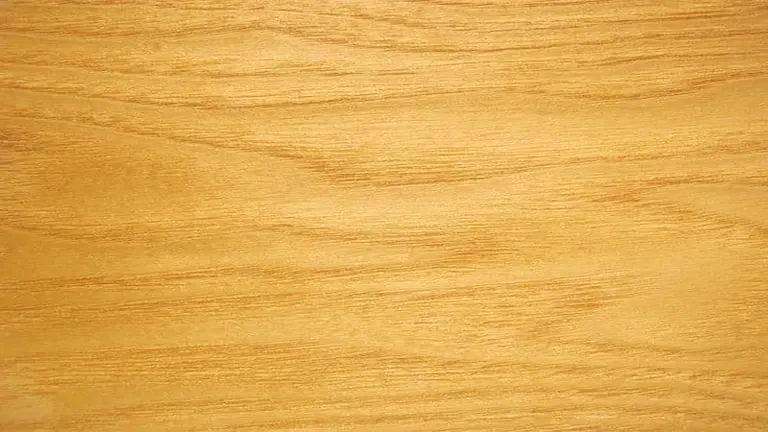
Beyond its visual allure, European Chestnut boasts remarkable resilience, making it an excellent option for outdoor applications, enduring various weather conditions and resisting decay. From exterior cladding and decking to garden furniture, this versatile timber excels in both aesthetics and performance. Indoors, European Chestnut shines in furniture making, cabinetry, and flooring, where its workability allows for intricate designs and exquisite craftsmanship.
Moreover, European Chestnut’s sustainable sourcing and moderate pricing contribute to its popularity, ensuring a continuous supply of this cherished hardwood for future generations. With its enduring elegance and timeless charm, European Chestnut continues to be treasured as a premium choice for woodworking, enriching spaces with its natural beauty and lasting allure.
| Common Name(s) | European Chestnut, Sweet Chestnut |
|---|---|
| Scientific Name | Castanea sativa |
| Distribution | Native to Europe; widely cultivated in temperate regions |
| Tree Size | Medium to large, reaching heights of 65-100 feet (20-30 meters) |
| Avg. Dried Weight | 35-45 lbs/ft³ (560-720 kg/m³) |
| Specific Gravity | 0.56-0.72 |
| Janka Hardness | 540 lbf (2,400 N) |
| Modulus of Rupture | 12,400 lbf/in² (85.5 MPa) |
| Elastic Modulus | 1,380,000 lbf/in² (9.52 GPa) |
| Crushing Strength | 6,030 lbf/in² (41.6 MPa) |
| Shrinkage | Radial: 5.5%, Tangential: 10.5%, Volumetric: 16.6% |
Characteristics
Color/Appearance
European Chestnut’s heartwood showcases a warm, rich brown color with darker streaks, while the sapwood is lighter in tone, creating a pleasing contrast. As the wood ages, it develops a beautiful patina, further enhancing its visual appeal.
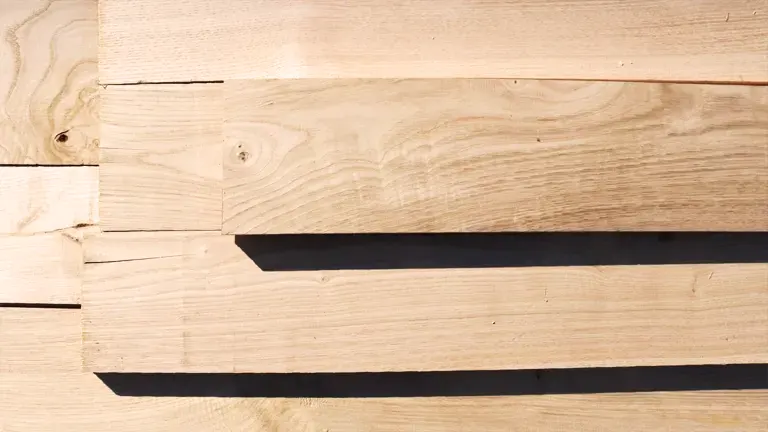
Grain/Texture
The grain pattern of European Chestnut is typically straight, providing a sense of simplicity and elegance. However, some boards may exhibit interlocked or irregular grain, adding unique and eye-catching designs to the wood’s surface. The texture is moderately coarse, giving the lumber a distinctive and attractive appearance.
Rot Resistance
European Chestnut possesses exceptional durability and natural resistance to decay. This quality makes it an excellent choice for outdoor applications, such as exterior cladding, decking, fence posts, and other structures that are exposed to the elements.
Workability
Working with European Chestnut is a pleasant experience, as it displays good cutting and machining properties, both with hand and machine tools. However, when nailing or screwing, care should be taken to avoid splitting, especially near the edges.
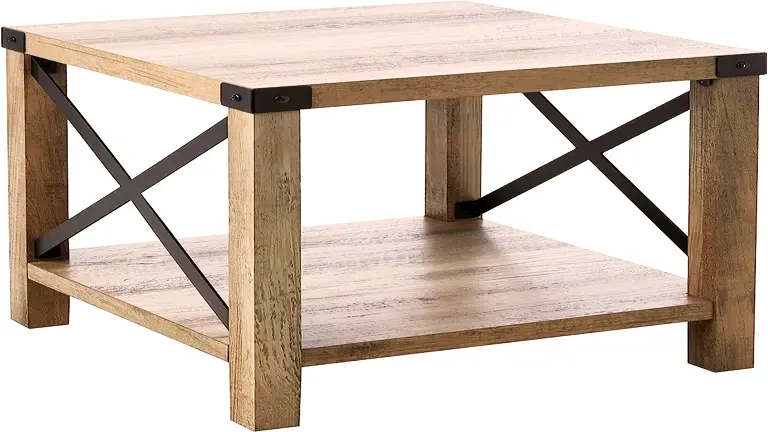
Odor
When freshly cut, European Chestnut may emit a mild and sweet scent, adding to the sensory experience of woodworking with this exquisite timber.
Allergies/Toxicity
European Chestnut is not known to cause specific allergic reactions. However, like with any wood species, some individuals may experience respiratory or skin irritation when working with it, so proper safety measures should always be taken.
Pricing/Availability
European Chestnut lumber is generally moderately priced, making it accessible to a wide range of woodworkers and consumers. It is widely available in Europe and other regions with temperate climates where it is cultivated and harvested sustainably.
Sustainability
European Chestnut is considered a sustainable choice for lumber. Managed forests and replanting efforts ensure a continuous supply of this valuable hardwood without depleting natural resources.
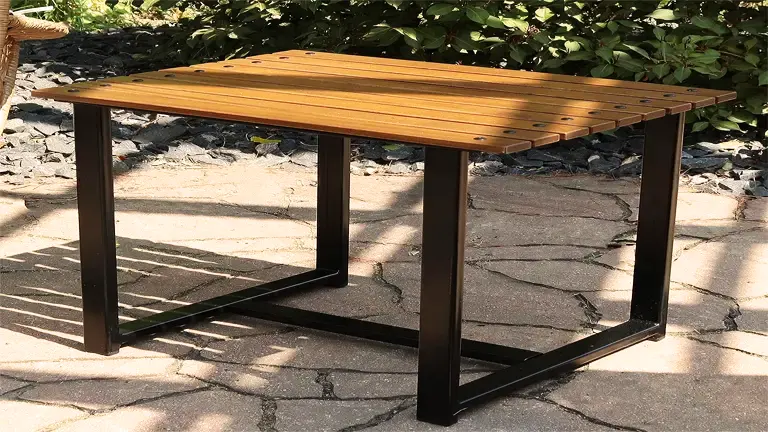
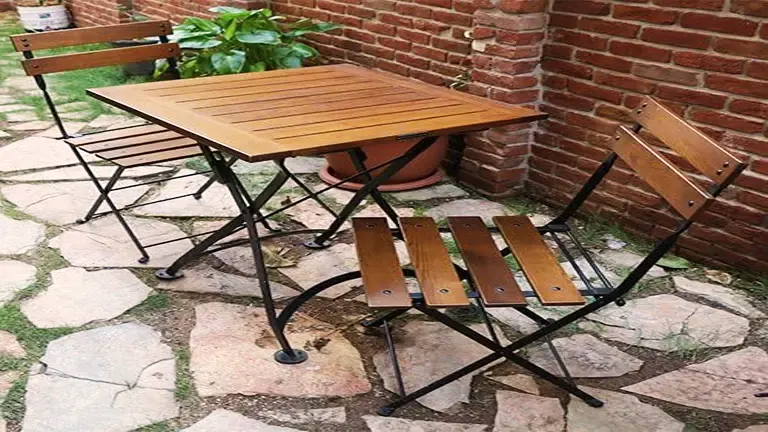
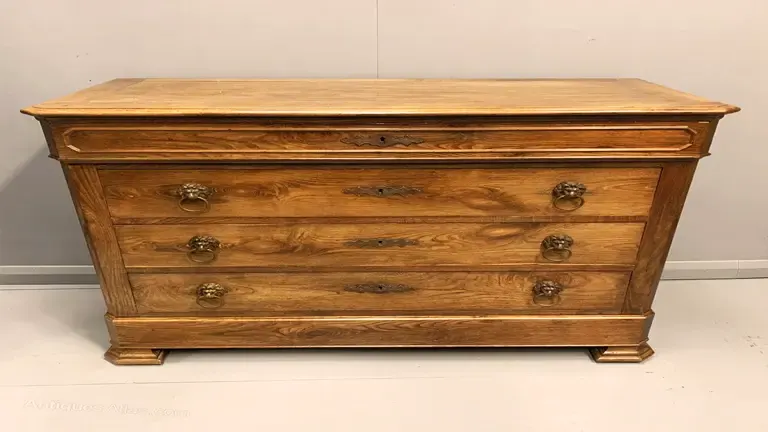
Common Uses
European Chestnut lumber finds a multitude of applications in various woodworking projects. Its versatility makes it suitable for furniture making, cabinetry, and interior trim work. Additionally, its natural rot resistance makes it an ideal material for outdoor structures like decking, cladding, and fence posts. Moreover, its attractive appearance and workability make it a favored choice for decorative veneers, enhancing the beauty of many woodworking creations.
Frequently Asked Question
- Is European Chestnut suitable for outdoor projects?
Yes, European Chestnut’s natural resistance to rot makes it an excellent choice for outdoor applications such as decking, cladding, and garden furniture. - Does European Chestnut require special finishing?
While European Chestnut can be left unfinished to age gracefully, applying a finish can enhance its color and protect it from wear and tear. - Is European Chestnut similar to American Chestnut?
While they share a similar name and some visual similarities, European Chestnut (Castanea sativa) is a distinct species from American Chestnut (Castanea dentata). - Can European Chestnut be stained or dyed?
Yes, European Chestnut responds well to staining and dyeing, allowing for a range of color options to suit different projects. - Does European Chestnut change color with exposure to light?
Like many woods, European Chestnut’s color may darken or mellow with exposure to light and age, adding character to the wood. - Is European Chestnut lumber suitable for carving?
Yes, the moderate hardness and workability of European Chestnut make it a good choice for carving and intricate woodworking. - Is European Chestnut sourced sustainably?
European Chestnut is often sourced from managed forests, and responsible harvesting practices ensure its sustainability. - Can European Chestnut be used for flooring?
Yes, European Chestnut is a popular choice for flooring due to its durability and attractive appearance.
We’d love to hear from you! Share your personal experiences and thoughts about European Chestnut lumber in the comments section below. Your insights could be invaluable for those considering this unique wood for their projects!







Leave your comment